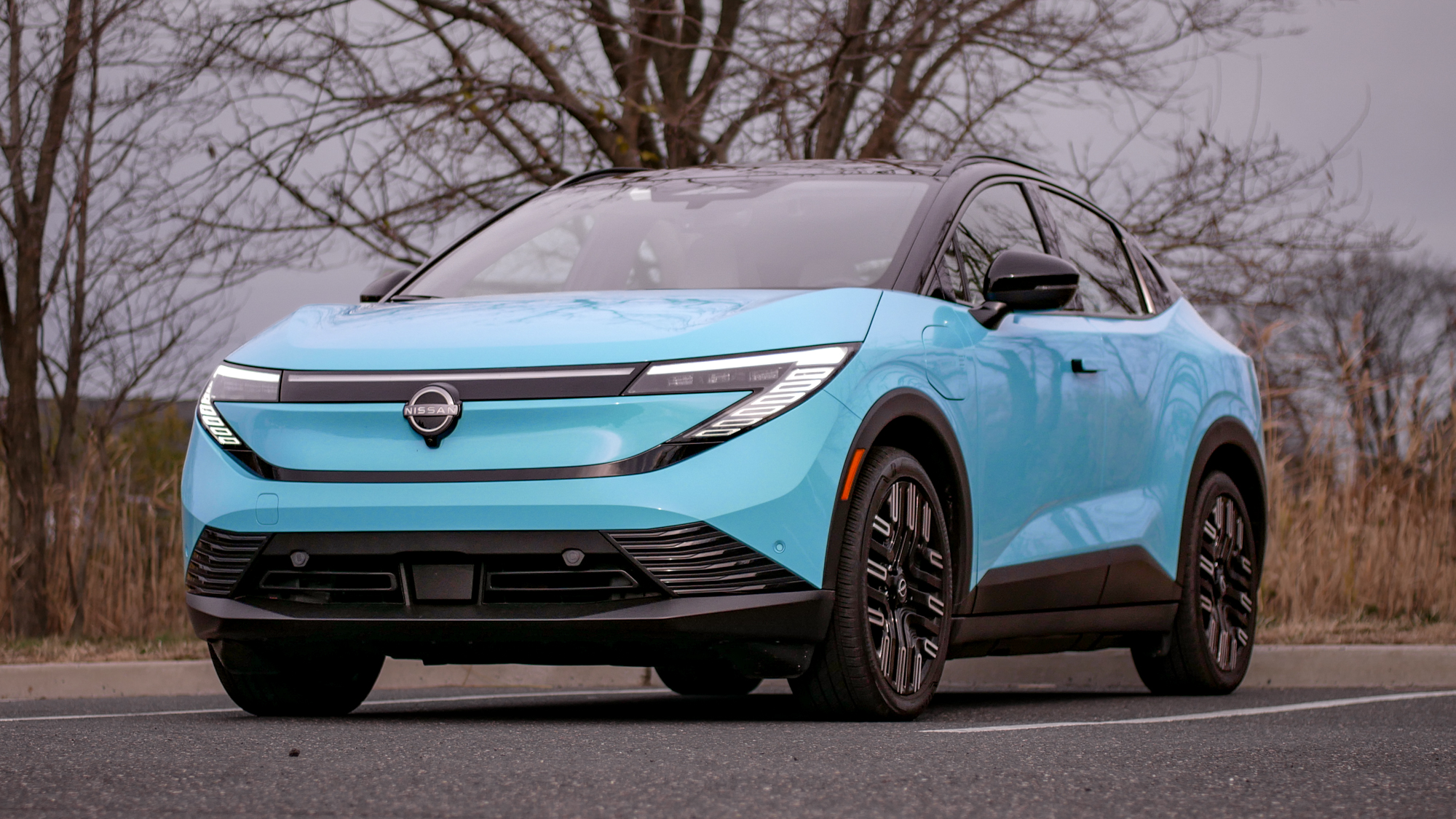The weirdest laptop at CES 2024 is trying to peddle a feature that no one wants

Real talk: 3D shouldn’t be a thing. Well, outside of the actual three-dimensional space we all exist in. When it comes to 3D viewing/gaming experiences in the tech space, I’ve got about as much enthusiasm for this gimmick as being stuck in a lift with a dozen tarantulas and Pennywise.
To completely contradict my previous sentence, I’ve actually bought quite a few pieces of 3D kit over the years. Yes, I’m clearly a contrary buffoon. I vaguely remember owning a 3D TV back around 2016. Gun to my head, I’m (semi) sure it was the LG OLED E6. The precisely one good experience I had with the set in terms of 3D? Watching the surprisingly brilliant 3D transfer of Jurassic Park on Blu-ray. Then again, that’s my favorite movie of all time, so perhaps I wasn’t going in with the most unbiased of eyes.
Other than that and the odd fun experience with the Nintendo 3DS — 2011’s The Legend of Zelda: Ocarina of Time 3D really was a wonderful remaster — 3D movies and games can pretty much get in the bin. I was over the gimmick five minutes into Avatar back in 2009, and the fact that 3D TVs basically don’t exist anymore shows that much of the general viewing public feels the same way about the format.
This all brings me to the announcement of the Acer Aspire 3D 15: a $1,399, 15.6-inch 4K laptop just announced at CES 2024 that’s due out this March. My boss Jason England did a terrific write-up explaining how exactly the glasses-free 3D tech that acts as this portable PC’s questionable key gimmick works in terms of screen resolution and the machine’s stereoscopic cameras.
Is there really anyone out there begging for a 3D laptop in 2024?"
And “questionable” really is the word, because c’mon; who in the hell is begging for a 3D laptop in 2024?! Other than the most diehard of Avatar: The Way of Water fans, of course.
My only experience with a 3D laptop so far was when I reviewed the Acer Predator Helios 300 SpatialLabs Edition last year. Snappy name, huh? At the time, I described it as a laptop that boasted outstanding 4K gaming credentials that were hobbled by design flaws. Noisier than a pack of howler monkeys and with poor battery life, I had good 2D gaming experiences with the Helios 300, but those came with a serious cost.
The configuration of the Helios I reviewed cost an eye-watering $3,499, which felt overly expensive for a laptop that housed a strong yet not quite world-beating Nvidia GeForce RTX 3080 GPU.
Get instant access to breaking news, the hottest reviews, great deals and helpful tips.
3D ain't for me

This is one (and perhaps the only area) I’ll give Acer credit when it comes to the upcoming Acer Aspire 3D 15: at least it’s far more reasonably priced than the firm’s previous 3D laptop.
My 3D experiences with the Helios 300 weren’t exactly positive. Outside of having a mild giggle spinning around models of 3D astronauts and skulls in the machine’s SpatialLabs Model Viewer for all of 15 minutes, playing games in 3D quickly got old.
When I wrote that review, there were around 85 Steam games that supported Acer’s SpatialLabs True Game software. I tested a handful of titles from my increasingly bulging pile of shame and precisely two of them impressed me. Project CARS 3 was genuinely immersive in stereoscopic 3D and wandering the cloud-kissing streets in BioShock Infinite felt pretty compelling.
The trouble is, 3D crosstalk was so prevalent in most of the games I played — a form of screen distortion that makes you feel like you’re seeing double — I gave up on playing most titles in that wacky third dimension within minutes. This is hardly a new problem. It’s an issue the Nintendo 3DS could never quite crack, either. I must have spent dozens of hours back in the day fiddling with its slider to get the levels of 3D juuuust right Goldilocks-style. Most of the time, I ended it dialing it almost all the way down because of crosstalk.
There’s a reason the TV industry gave up on 3D after only a few years"
There’s a reason the TV industry gave up on 3D after only a few years. Wearing 3D glasses at home always felt strange, not to mention the fact that said specs absolutely nuked contrast performance and color vibrancy.
I give Acer credit for being the one company that’s seemingly still invested in 3D display tech, I really do. Yet if two of the highest-grossing movies in cinema history couldn’t sell the world on 3D — at least in terms of the gimmicky appeal of the effect translating into TV sales — I doubt spinning little astronaut models around is going to.
More from Tom's Guide
- The best gaming laptops: Tried and tested
- CES 2024 news: All the latest announcements happening now
- Best 3D printers you can buy today

Dave is a computing editor at Tom’s Guide and covers everything from cutting edge laptops to ultrawide monitors. When he’s not worrying about dead pixels, Dave enjoys regularly rebuilding his PC for absolutely no reason at all. In a previous life, he worked as a video game journalist for 15 years, with bylines across GamesRadar+, PC Gamer and TechRadar. Despite owning a graphics card that costs roughly the same as your average used car, he still enjoys gaming on the go and is regularly glued to his Switch. Away from tech, most of Dave’s time is taken up by walking his husky, buying new TVs at an embarrassing rate and obsessing over his beloved Arsenal.
